Advertisement
Google Bard has come a long way since its early versions. The most recent updates mark a shift in how it handles questions—not just in speed or tone, but in actual thinking. It's no longer focused purely on sounding helpful. Now, Bard is better at working through problems, sorting complex prompts, and offering responses that feel considered.
Instead of mimicking intelligence, it's beginning to show signs of it. For people using AI tools in more thoughtful ways, this update makes Bard more dependable, especially in tasks that need clarity and a better sense of logic.
One of the biggest changes in Bard is how it handles logic-heavy tasks. These include things like solving word problems, analyzing conditions, or dealing with trick questions that require deeper reasoning. Earlier, Bard often gave surface-level answers that looked right but didn’t hold up when examined. Now, it follows a clearer process, moving through steps in a way that shows actual thought.
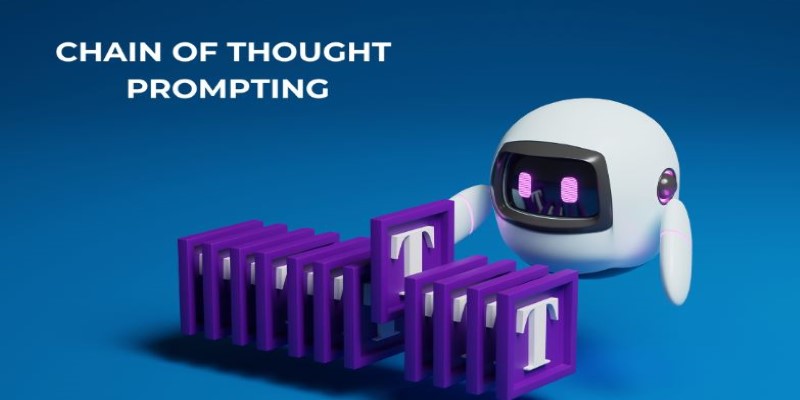
This is a result of an upgrade to its core architecture based on a more refined version of Google's Gemini model. A key feature here is its use of "chain-of-thought" prompting. Rather than giving a rushed answer, Bard now outlines how it got there. It breaks down the question, explores each part, and walks through the logic. The result feels more honest and useful.
These upgrades also help in areas like math or logic puzzles, where the path to the answer matters as much as the answer itself. Bard can now explain how it solved a problem, even if it takes several steps to get there. That’s a big difference from the earlier habit of guessing or glossing over details.
This update is particularly useful in educational contexts or support settings where explanation matters. It allows users not only to get an answer but to understand how the answer was formed.
Beyond logic, Bard has also improved at handling structured reasoning—where information must be arranged or considered in a clear and organized way. Whether the task is writing a summary, drawing a comparison, or reviewing two sides of a debate, Bard now handles these more smoothly.
Earlier versions might have leaned too heavily on common phrases or given unbalanced views. Now, responses feel more centered. If asked about the pros and cons of electric cars, Bard is more likely to avoid cliches and offer a balanced, point-by-point response based on actual content, not just buzzwords.
It also handles ambiguous prompts better. If the question has more than one possible meaning, Bard is more likely to explore both paths or ask for clarification instead of guessing. That small shift makes interactions smoother and helps avoid wrong turns in conversations.
These gains come from better training data and fine-tuning. The system now learns from examples that stress logic, balanced judgment, and context awareness. It’s less about sounding smart and more about being clear.
This matters in real use cases, especially when the goal is to compare, evaluate, or decide. A chatbot that can break down both sides of a complex topic without getting lost adds more value than one that just picks a side quickly.
The update isn’t just about problem-solving. Bard has also become more attentive to user intent. That means it's better at picking up on tone, style, and underlying meaning. If someone asks, “Is it a good idea to move to a smaller town if I work remotely?” Bard no longer gives a generic list. It can now respond with thoughts that reflect the emotional or practical side of the question.

This is made possible by a larger context window and better memory within the session. Bard can now carry more of the conversation forward and adjust its responses based on what’s already been said. If a theme was brought up earlier in the chat, Bard is more likely to refer back to it naturally.
It’s also showing a better grasp of tone. If a user writes in a relaxed or personal way, Bard usually mirrors that without becoming too formal or cold. This subtle match makes the conversation smoother, helping users feel like they’re being heard rather than spoken at.
Better context handling means Bard can take on more thoughtful tasks—like helping draft content, offering suggestions based on long queries, or helping users think through their ideas. It’s not perfect, but the improvement is noticeable.
The shift in Bard’s logic and reasoning is a sign that AI tools are starting to grow past the stage of just sounding fluent. Before, the goal was to keep the conversation flowing. Now, it's to make the answers better.
With this update, Bard joins the group of top-performing AI models, showing it can compete in areas that require reasoning, clarity, and balance. It stands closer to tools like ChatGPT and Claude, which have already made their names in more advanced tasks.
That means users will have better options across the board, not just in how AI sounds but in how useful it really is. This could shape the way AI is used in education, writing, business planning, or support roles.
The main keyword—Google Bard—is now linked with deeper performance, not just surface skills. And the secondary keyword—logic and reasoning—now describes what the tool is genuinely better at, not just something listed in marketing materials.
Google Bard’s recent improvements give it more substance. It now handles complex prompts with greater care, explains its steps more clearly, and reads context more naturally. The upgrades in logic and reasoning bring a noticeable change in how it responds—not just better answers, but better thought behind them. These steps make Bard more dependable for tasks that require more than fast replies. Whether helping with analysis, support, or content ideas, Bard is showing they can think more clearly. As it continues to evolve, it offers a more grounded, thoughtful experience—something that users can rely on, not just interact with.
Advertisement

Explore how AI innovates the business world and what the future of AI Transformation holds for the modern business world

Automation Anywhere uses AI to enhance process discovery, enabling faster insights, lower costs, and scalable transformation
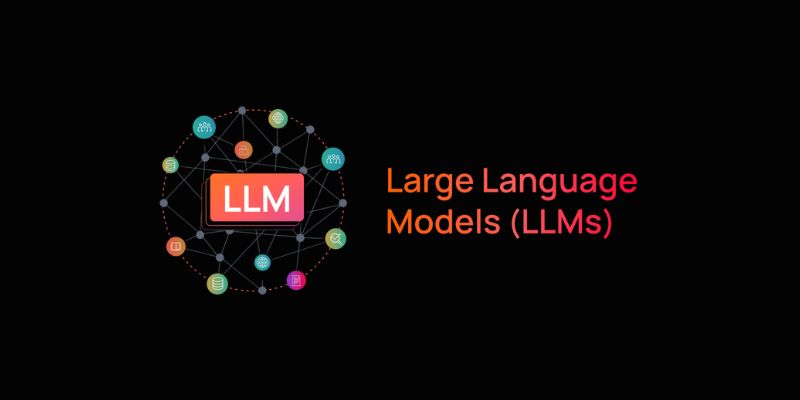
AI groups tune large language models with testing, alignment, and ethical reviews to ensure safe, accurate, and global deployment
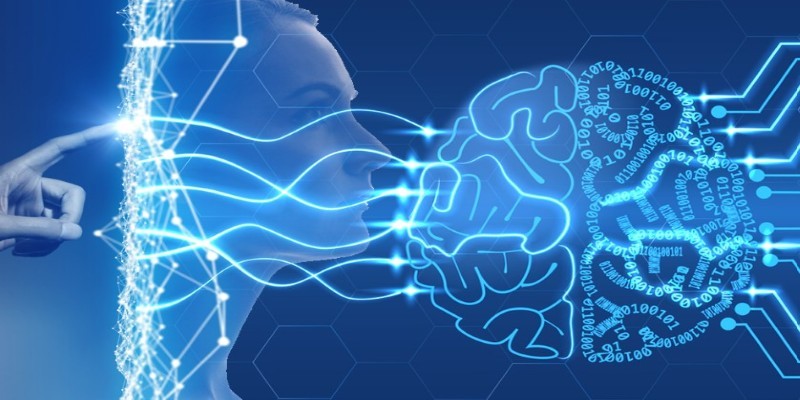
How depth2img pre-trained models improve image-to-image generation by using depth maps to preserve structure and realism in visual transformations

Find how AI is transforming the CPG sector with powerful applications in marketing, supply chain, and product innovation.

How to automate data analysis with Langchain using language models, custom tools, and smart chains. Streamline your reporting and insights through efficient Langchain data workflows

Discover 7 effective ways to accelerate AI software development and enhance speed, scalability, and innovation in 2025.
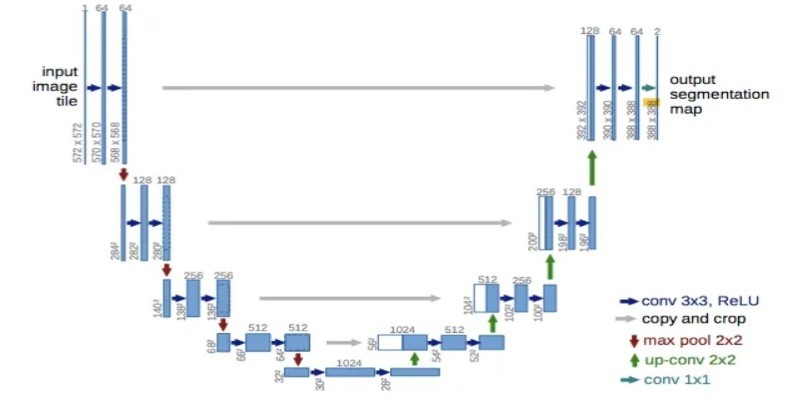
How UNet simplifies complex tasks in image processing. This guide explains UNet architecture and its role in accurate image segmentation using real-world examples

Google Cloud’s new AI tools enhance productivity, automate processes, and empower all business users across various industries
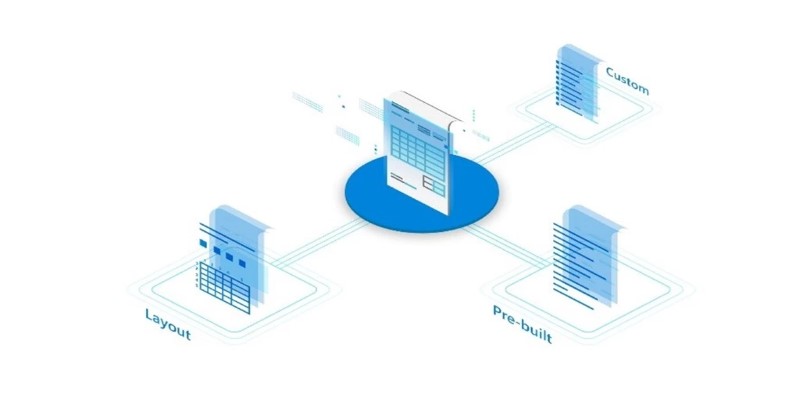
Want to save time processing forms? Discover how Azure Form Recognizer extracts structured data from documents with speed, accuracy, and minimal setup

Discover how Cerebras’ AI supercomputer outperforms rivals with wafer-scale design, low power use, and easy model deployment

Lensa AI’s viral portraits raise concerns over user privacy, data consent, digital identity, representation, and ethical AI usage